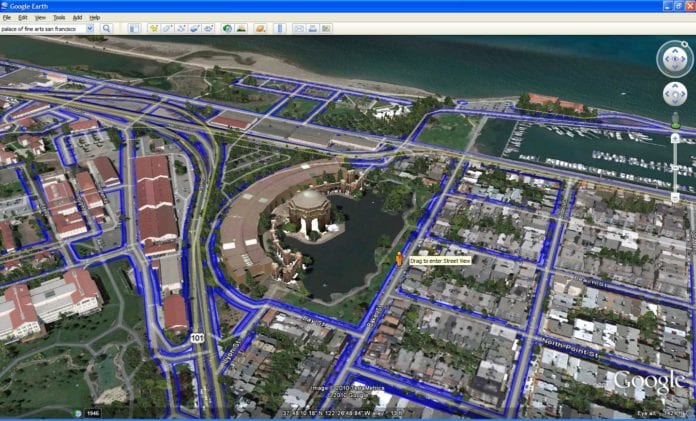Google and other “over-the-top” services have helped drive a demand for mobile data that has prompted wireless carriers to invest billions in network infrastructure. But at the same time, these services are saving operators money when it comes to deploying that infrastructure. Lynn Smith, program manager at Vertex Innovations, listed three ways that OTT and cloud-based services are helping operators cut costs.
1. Google Earth
As carriers deploy more fiber to leverage the digital capabilities of LTE, they often work with fiber vendors to find the place where the leased dark fiber should connect to the carrier’s fiber. This called the “meet point.”
“One of our biggest challenges is the meet points with the fiber vendors,” Smith said. “Is it at the right of way, or is it at a point of demarcation in the building, or is it at the bottom of the tower?”
Smith said that in the past, site walks and photographs were required to find possible meet points. Now, engineers can use Google Earth to study the site and find a meet point within the easement that the provider has been given by the property owner.
“We’re able to finalize that piece of the puzzle way up front,” Smith said. “It saves tons of money. We don’t have to put assets in the field.”
2. Online meetings
Smith said online meetings are replacing conferences in which representatives from several companies met in person to study drawings.
“It’s sped up the delivery of fiber by months,” Smith said. “It used to take six to eight months; we’re probably doing it in four months now. … If the operator provides us drawings, that whole aspect of the design can be done upfront, from your desktop, and that allows the fiber vendors to apply for permitting, finish their designs, there’s no waiting for everybody to get together.”
Smith said that he holds weekly calls with all the fiber vendors in each project to understand where they stand in the permitting process and look at designs.
3. Cloud-based spreadsheets
Smith tracks his projects using online cloud-based spreadsheets which he said gives customers more transparency and helps Vertex work more efficiently. Vertex works directly for carriers and also for tower companies that are deploying on behalf of carriers.
“I’m proud of how we’ve embraced new technologies,” Smith said. “I definitely hand a lot of our success to those technologies and embracing them.”

